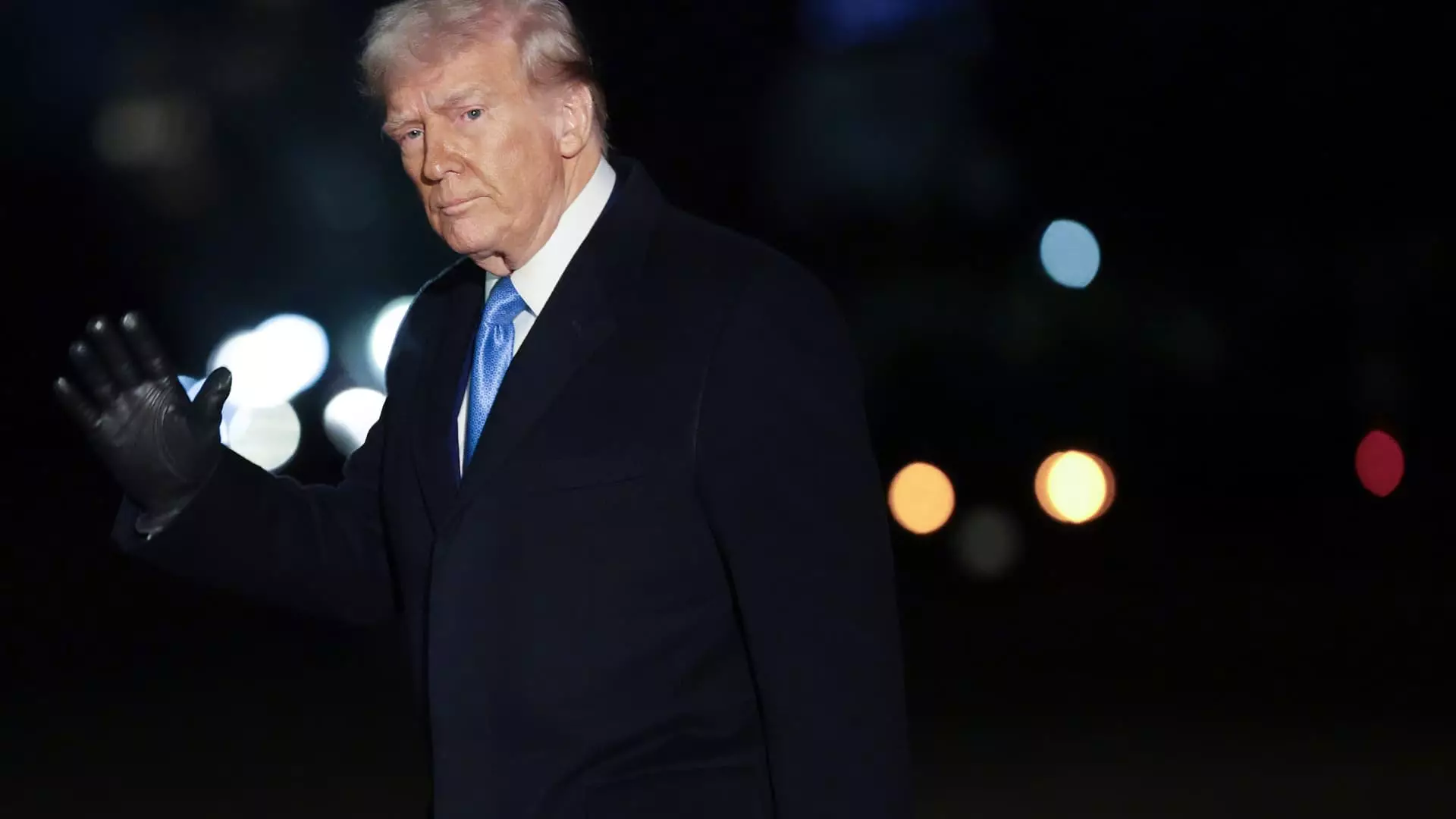In a significant development surrounding the contentious issue of Diversity, Equity, and Inclusion (DEI) policies, U.S. District Judge Adam Abelson of Maryland issued a temporary injunction against President Donald Trump’s directives aimed at curtailing such initiatives within federal agencies and among government contractors. This ruling underscores the judiciary’s critical role in upholding constitutional rights amid political maneuvers that may undermine foundational liberties. Judge Abelson’s reasoning emphasizes the potential infringement on First Amendment rights, suggesting that the government directives could have a chilling effect on protected speech directly linked to DEI programs and policies.
The conflict stems from an order issued by Trump that sought to eliminate DEI initiatives, which critics disparagingly label as inherently discriminatory. This stance was a reaction to the heightened national conversation around race, equity, and social justice, which gained momentum following widespread protests in 2020 against systemic racism, notably spurred by the killings of unarmed Black individuals. The resurgence of activist movements brought DEI policies to the forefront of corporate and governmental practices, aiming to redress historical inequities. Consequently, Trump’s actions and rhetoric ignited a backlash among civil rights advocates who defend the necessity of these policies in fostering an inclusive society.
The legal dispute initiated by the city of Baltimore, alongside three advocacy groups, challenges the legality and constitutionality of Trump’s DEI bans. Their argument posits that these directives overreach the President’s authority and violate safeguarded free speech rights. The lawsuit emphasizes the importance of DEI as not only a mechanism for promoting social justice but also as a manifestation of protected expression that has evolved over the past several decades. Abelson’s ruling noted that the vagueness of the terms laid out in Trump’s directives can lead to uncertainty regarding how they may impact current and future DEI initiatives, further supporting the plaintiffs’ fears of potential repercussions.
This judicial intervention illustrates the broader societal and political dynamics at play when it comes to DEI initiatives. Proponents argue that such programs are essential for addressing long-standing inequalities faced by marginalized groups, including women, racial minorities, and other historically underrepresented communities, who still contend with disparities in pay and opportunities. The societal push for equity and inclusion appears to be at odds with a political narrative that frames DEI as a polarizing force rather than a unifying goal.
The White House’s lack of immediate response to the ruling indicates potential turmoil within the administration regarding the implementation of these policies. Continued efforts to enforce directives that contradict established norms of civil rights could lead to further legal challenges and exacerbate political divisions.
With the temporary block in place, federal agencies are now compelled to halt any actions relating to the DEI bans as the case progresses through the court system. This decision not only provides a respite for advocates who champion diversity and equity, but it also sets a precedent highlighting the judicial system’s willingness to intervene in matters of constitutional significance. This aligns with the notion that protecting free expression is paramount, even amidst contentious political atmospheres.
Ultimately, the ongoing litigation reflects larger societal debates regarding the meaning of equity and the role of government in shaping public discourse. As the plaintiffs seek to navigate the legal complexities, the question remains whether the judiciary will uphold principles of inclusion against attempts to stifle diverse perspectives and experiences. The outcome of these court proceedings could have lasting implications for the future of DEI policies in both governmental and private sectors, shaping the landscape of civil rights protections in the United States.



Leave a Reply